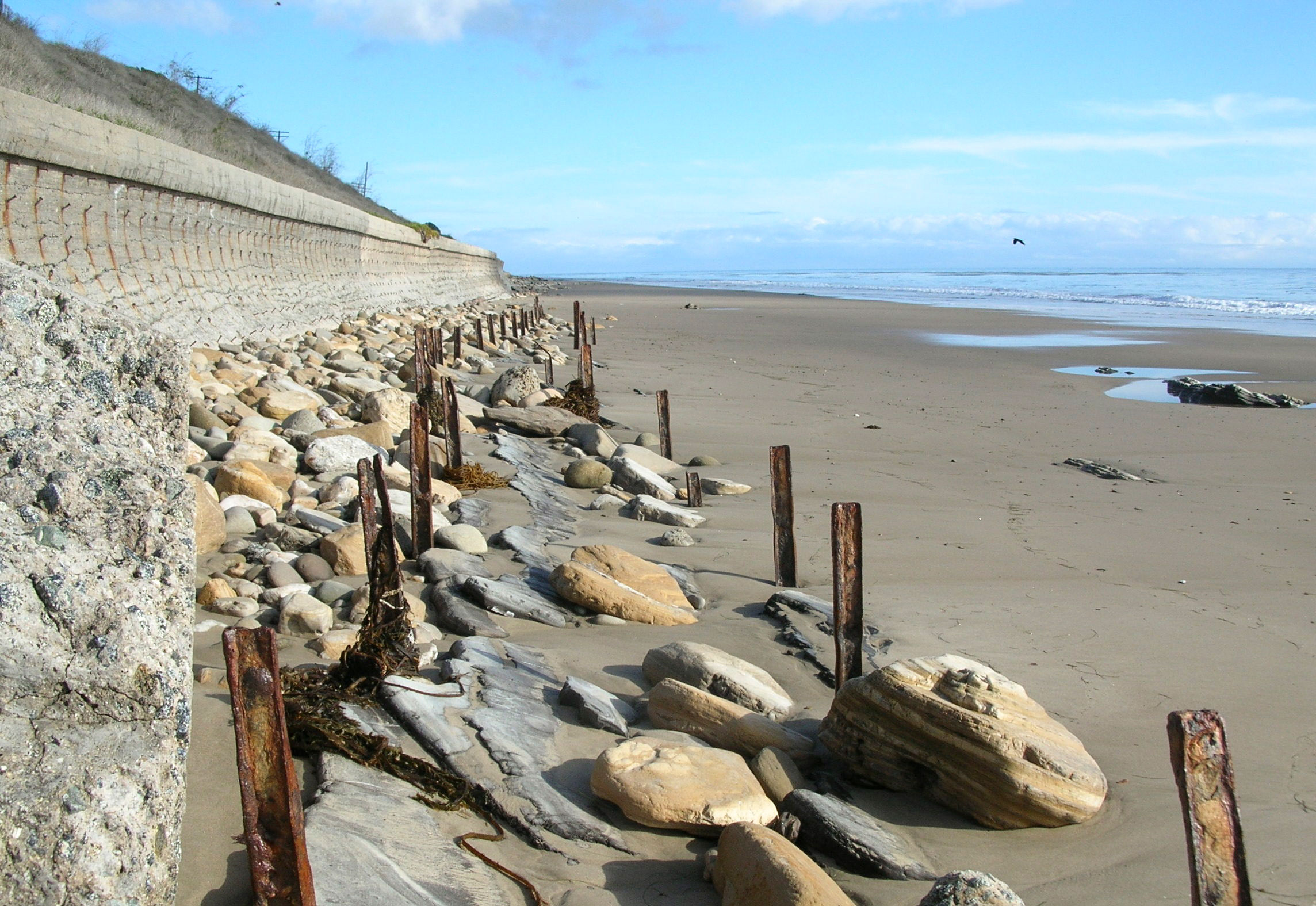Construction works on a seawall being rebuilt in the western district of Anse Boileau, Seychelles nears completion. The senior climate adaptation officer, Anie Simeon made the announcement and said that the wall aims to tackle flooding during high tides and heavy rain in the area, an increasing occurrence being blamed on climate change.
“We are getting these problems because most of our main roads are coastal ones and the more the beach degrades, the more it erodes the areas under the coastal roads. We are predicting that in future we will be getting more cases and our main plan is to increase the distance between the area where the water breaks and the road,” said Simeon.
“The main complaints were that there was coastal erosion in the area and even wave overtopping during times when there were heavy rainfalls and high tides occurring at the same time,” she added.
Also Read:Construction of Anomabo Sea Defence wall in Ghana to commence
The project, is being implemented in two phases. 50 metres of the beach is currently being worked in phase one is nearly adjacent to the police station of the district. The restoration of an adjacent 100 metres of the beach will happen in phase two.
The project is being carried out Tirant Excavation. It begun in February but experienced delays because the contractor encountered a problem as there was no base for the seawall. It was redesigned took off again and is expected to be completed by the end of October.
Rocks on the site were used as a base for the seawall, which will later be buried under the sand. The wall is being built at a height that will prevent water from reaching the road during high tide.
The sand dune, onto which coconut trees and coco-grass (Cyperus rotundus) are being planted, creates distance between the road and water breaks.The overall cost of the coastal rehabilitation project is close to US $70,000. Upon completion, the project will prevent seawater from ending up on the road.
“The dune behind the seawall has been elevated and sand has been placed around trees, the roots of which were exposed. This will ensure that they won’t fall over in the future. Planting on the dune is aimed at keeping the sand in place,” said Simeon.

